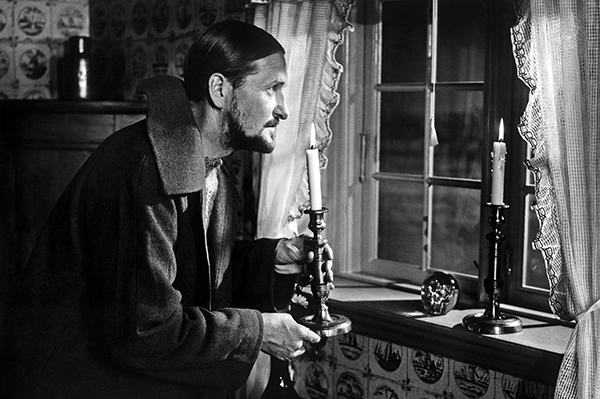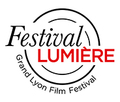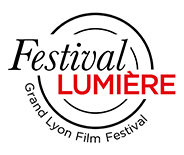Ordet
by Carl Theodor Dreyer
PUBLISHED ON 16.10.2022
Filmed as a series of pious, even sacred images, Ordet is a great drama about the most difficult idea to film due to its invisibility: faith.
A great classic, awarded the Golden Lion at the 1955 Venice Film Festival, this work develops with a simplicity that is very delicate to achieve. There are few sets, so as not to distract the eye from the essence of what is being enacted, namely the feelings that permeate the faces. Ordet focuses mainly on the bodies. Dreyer is a true genius and positions his actors as significant elements to be constantly interpreted. Sitting overwhelmed, standing ecstatically in front of the sky, almost on their knees beseeching in silence, the characters are real riddles that the viewer should have fun solving.

Ordet, 1955
In a very humble way, Dreyer places his camera in front of his characters and lets them act and especially react. They are all in the grip of a religious belief that leads them more to superstition than to true faith, and they are led to question society, in this case Danish, which they would like to be committed to unwavering values. Without disgracing them, Ordet borrows the light-hearted mode of the serious tale to mercilessly pulverise this puritanical order, in favour of a much broader and more remarkable imagination that moves towards joy.
Virginie Apiou
To be discovered among the French films of the Lumière Classics label
Ordet by Carl Theodor Dreyer (1955, 2h06)
Lumière Terreaux Sun.16 9:15pm |Comoedia Fri.21 10:45am | Institut Lumière Sun.23 2pm

